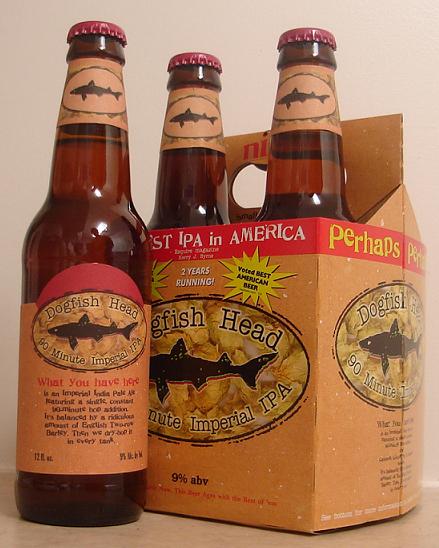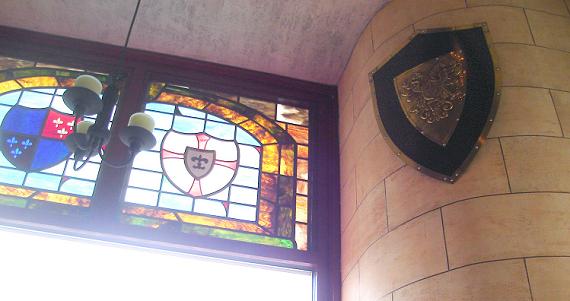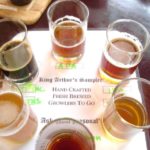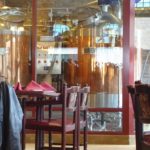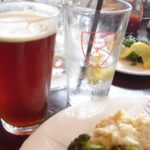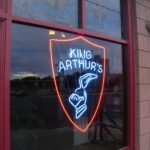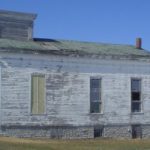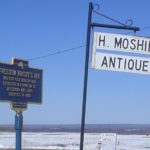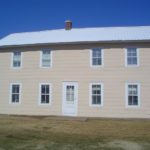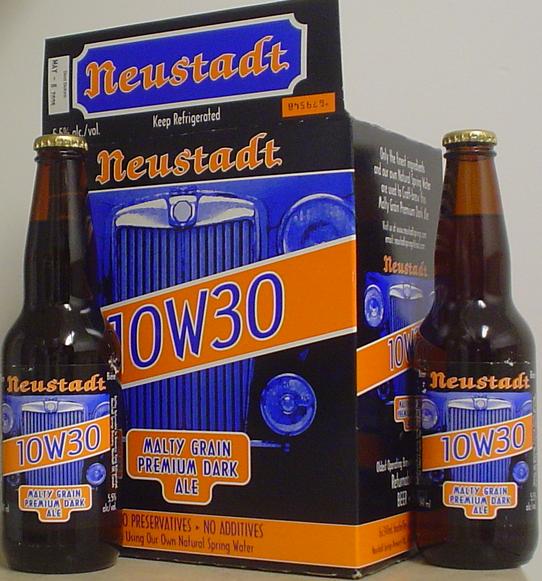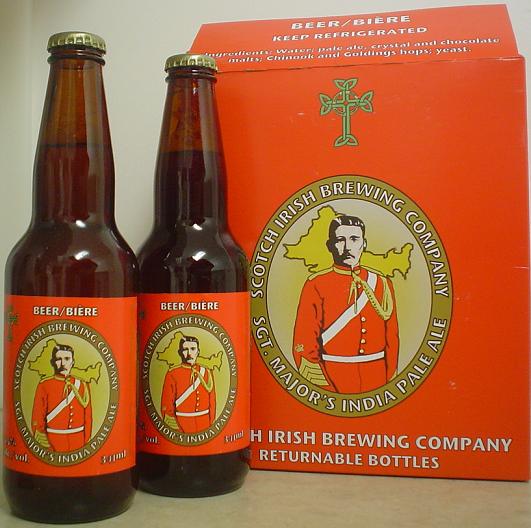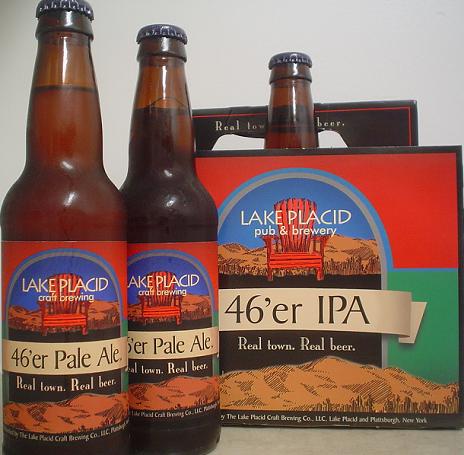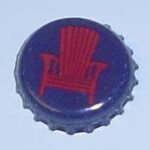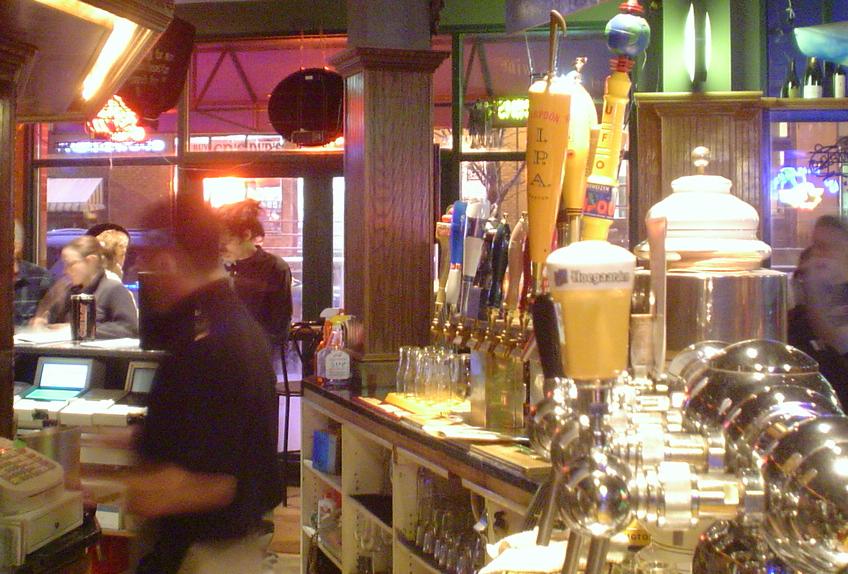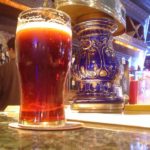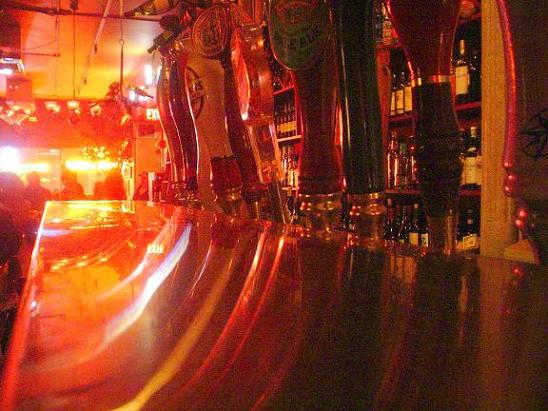We were this close to staying at a hotel between the Dogfish Head Brewery and the beach at Lewes, Delaware…this close…then I bailed on the great southern credit card run and opted for the nearer north-east of New England. I would have learned so much about Dogfish Head – not to mention and Victory Brewing in PA on the way. Ah well, next year in Delaware.
Thanks, however, to the good folks of Galeville a little bit of the Delaware shore makes it upstate. I picked up this four pack of these 9% brews for about 8 bucks US which is a good deal. I don’t need six 9% brews and that savings allows me to pick up another quart of Rogue or maybe a little something from Middle Ages. I have had Dogfish’s Pumkin’ Ale and their Belgian dark strong ale, Raison D’Etre. Both are quality with a bit of querky and expect something of the same and get it. The brewery explains the “minute” the 90 minute IPA in this way:
Our family of Indian Pale Ales includes the 60 Minute I.P.A. and the 90 Minute Imperial I.P.A.. Both feature our unique continuous hopping program, where they receive a single hop addition that lasts over the course of the entire boil (60 and 90 minutes respectively). This breakthrough hopping method makes for a beer that is extremely hoppy without being overly bitter.
The hop effect is very nice, giving great green gobs of hops which bite the back of the throat coat the mouth and fill the nose while maintaining a mellowness which envelops the ale’s hot boozy heat. It would make a heck of a match for hot Cambodian soup or a curry. The effect of the continuous hopping also is a lack of layering or steps in the flavours. There is not so much a noticing of that nutty tone or that raisin in the corner as a continuum of shifting thoughts bouncing off the palate. Under and amongst all the hops and heat is sweet pale malt with maybe cherry/apricot notes as well as perhaps a twong of crystal sultana and definitely a grainy edge in the finish. The body is medium-large without quite the bigness of a Stone.
At the beer advocate an astounding 458 reviews of this beer can be found and we have learned that 2% of those who post there have absolutely no idea what they are talking about, like this chappie:
Clear rusty tan in color, slim foam. A small hint of hops in the smell but not to much at all. The taste is hoppy but is unfortunatley covered by the terrible alcohol taste , like wise it leaves an after taste of alcohol. IMHO not a great brew, not at all.
So…he gave an Imperial IPA at nine percent 2.2/5 for being hot and boozy. Please stay away from the Belgians, pal. Hands off the Belgians.
One of the greats: hot, hoppy and handsome.

